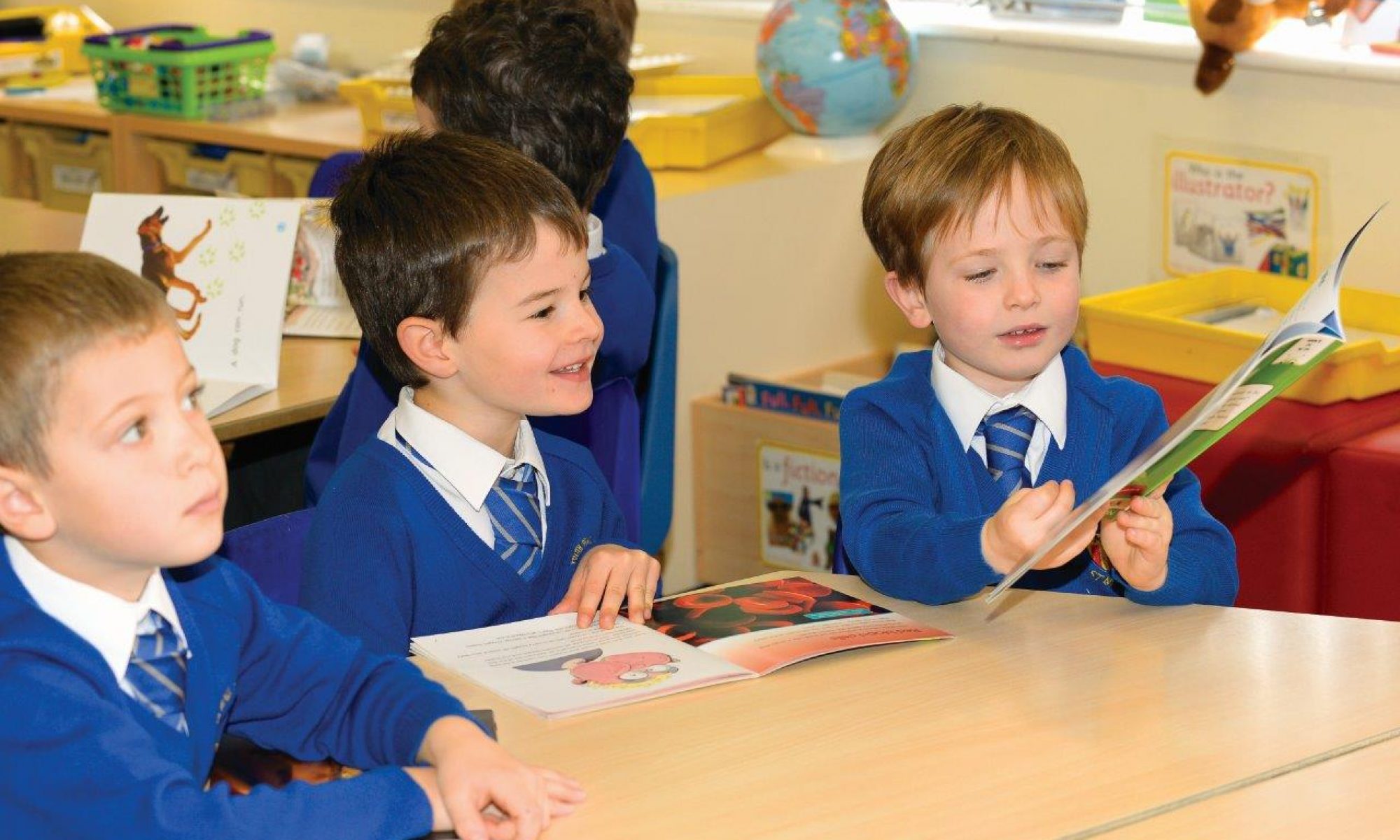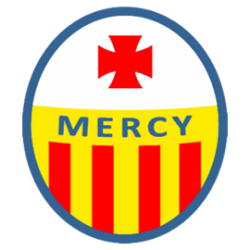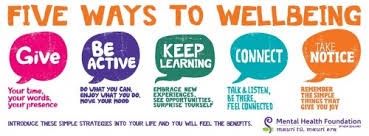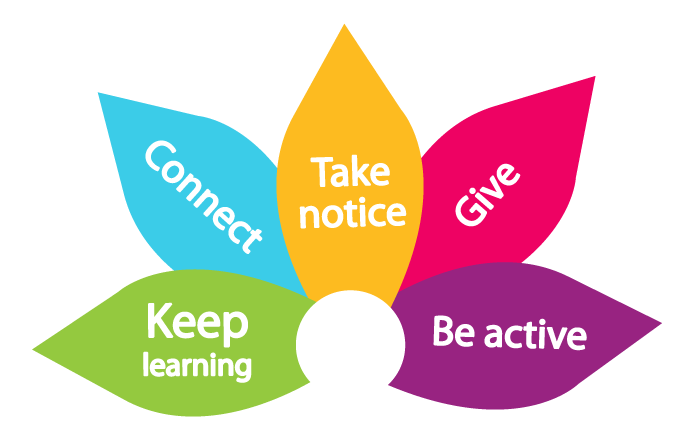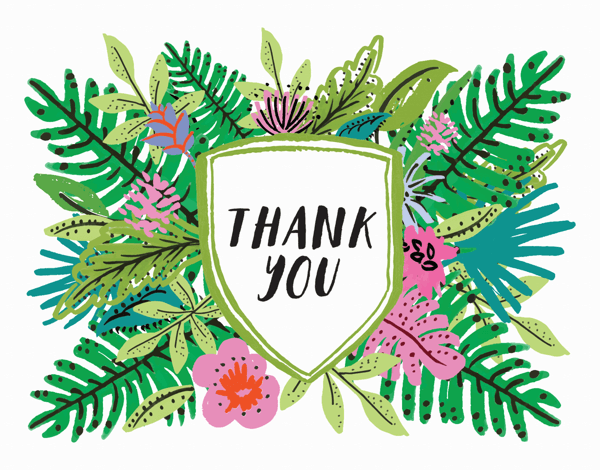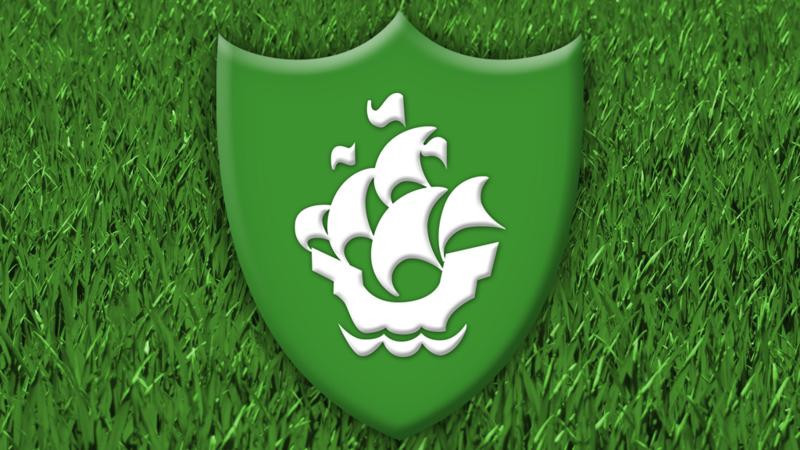Summer term
As part of our RE in the summer term, the children learn how early Christians Spread the Word about Jesus’s resurrection.
Key words are: risen resurrection Holy Spirit Ascension witnesses blessing Pentecost promise Good News
As part of this topic, we will think about ‘Why should we spread Good News’?
The children will read from the bible to find out how the women at the tomb were asked to tell the disciples that Jesus has come alive again. We will hear Jesus’s message that he would give them a special helper called the Holy Spirit and then find out about the effect of the arrival of the Holy Spirit on the disciples at Pentecost as they then went out to spread Jesus’s word on the streets of Jerusalem.
RE home learning
As part of their home learning, the children will think about how they can pass on the Good News that Jesus is alive in each and every one of us. Read John 14: 18-19 and Acts 2: 1-4 together and talk about how the Holy Spirit helps and guides us. On your child’s summer home learning grid, you will find a flower with the phrase ‘Jesus is alive in me’, with a space on a petal for a beautiful, named self-portrait.
Talk to your child about the different things that they do which show that the Holy Spirit is working through them. These things can include
- reading the bible, maybe about the experience of Jesus and the disciples after the resurrection
- telling other people about the life and message of Jesus
- examples of how your child follows Jesus’ message to love other people through their actions and service
- talking about your child’s prayer life and what they pray about
- talking about ways in which your child contributes to the Common Good by giving time or money to charities so that they can do good works
Through a combination of images and writing, ask your child to fill in each petal with a different way in which they show that Jesus is alive in them. Please ensure that all handwriting is neat and joined correctly as the flowers will all contribute to a classroom display.

We are looking forward to seeing the finished flowers!
Autumn term
In the autumn term, we learn about the rite of baptism through the theme of Signs and Symbols.
We will be considering the big question Are signs and symbols important? Why? Please talk about this question with your child, looking for the signs and symbols that the children encounter on the way to and from school.
The children will learn to describe and sequence the baptism service and we will explore the different parts of the sacrament and their significance. We will focus on important symbols associated with baptism, such as the sign of the cross, white garment, font, candle, chrism and Easter candle.
Key words for the topic are: white garment, Easter candle, font, chrism, Good News
Please talk to your child about their own baptism artefacts and how they were used within their baptism. For their RE home learning, the children will design a baptism candle. Encourage your child to think about what signs and symbols they would like to include on their candle. It would be great if your child could write a key to go with their candle, that explains what each of their chosen symbols mean. Please ensure that your child takes pride in their candle as it would be lovely to make a display of them.
Spring term
During the spring term, our first RE topic is based around the theme of Books.
Key words for the topic are:
Scripture, lectern, Gospel, Bible, New Testament, Old Testament, genre, thurible, missal, Church, parish family
In particular, discuss the meaning of the words thurible and missal. When you visit church together, see if you can find the church thurible or missal to talk about with your child.
We will be considering the big question Why do we need books?
The children will read Matthew’s gospel (Matthew 3; 13-17) to find out about the Baptism of Jesus.
RE home learning
Let’s enjoy reading the bible: Share stories from the bible with your child. Talk about stories that are particularly important to you. What stories are important to your child? Create a poster about this story that can be shared in class.
